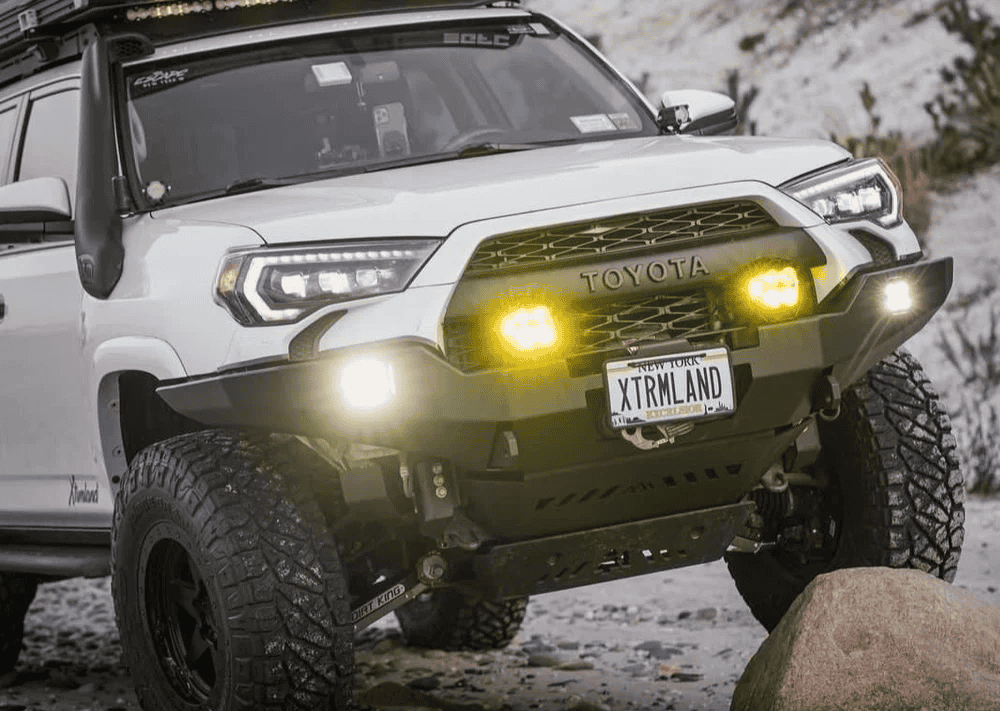Overland Vehicles

A hardside camper relies on rigid walls, usually aluminum or composite panels bonded to a structural frame. That solid shell blocks wind, buffers temperature swings, and quiets camp at night. It also resists trail rash better than soft fabric and gives a more secure barrier for gear. The tradeoff is weight and height, which can influence handling on rutted tracks and crosswinds. When matched to the right truck and payload rating, a hardside camper delivers four season comfort with fewer compromises.
Most hardside builds use aluminum or composite frames with foam cored panels for strength without unnecessary mass. Seams, thermal breaks, and window choices affect condensation and energy loss. Look for compression latches, sealed penetrations, and high quality roof joints that tolerate washboard and flex. The right materials reduce squeaks, water ingress, and long term maintenance.
Rigid shells allow thicker insulation, which makes heaters and air conditioning work efficiently. A quiet envelope also helps in high wind basins or busy trailheads. With insulated floors and quality window shades, a hardside camper keeps mornings warmer and nights calmer than most soft wall options.
Weight distribution is critical. Verify gross vehicle weight rating, rear axle rating, and tire load. A heavier shell raises the center of gravity, so careful packing and appropriate suspension tuning keep the truck composed on off camber sections. Shorter overhangs and thoughtful tie down points help stability.
Overland pop up campers collapse for highway miles and expand at camp for standing height. That low profile slips under wind and branches, easing fuel use and reducing sway. An overland pop up truck camper can be soft wall or a hard side pop up truck camper with rigid panels that lift. Both styles bring headroom without a tall silhouette on rough roads.
The hard side pop up camper interior should feel open yet secure when deployed. Look for scissor lifts or tracked mechanisms that raise evenly, positive locking systems, and insulated roof panels. Ventilation and condensation control matter, so roof vents, screened windows, and vapor aware materials keep bedding dry. Smart layouts place the galley and storage low, with a bed up top to maintain balance.
Soft wall designs save more weight and can pack smaller. Insulated fabric skirts, storm panels, and tensioned corners reduce flap in gusts. They excel where every pound matters and trails are tight, though they will not match the thermal or acoustic comfort of solid walls.
A hard shell tent trailer offers rapid setup and a compact footprint behind the hitch. It keeps your truck bed open for bikes, skis, or recovery gear while providing a solid roof and firm sidewalls. The format suits travelers who shift between family weekends and gear heavy missions without swapping the truck topper.
An overland camper shell is the lightest path to a sealed cargo space. Pair it with a low drawer system, a sleeping deck, and perhaps a rooftop bed to create a simple, durable setup. That approach keeps center of gravity low and leaves more payload for water, fuel, and spares. If you want true four season living with a dinette, galley, and enclosed storage, the hardside camper usually wins.
Regardless of format, plan core systems first. Lithium batteries with a smart DC to DC charger and solar maintain fridges and lights. Water storage should be protected and low in the chassis, with quick access to filters. Diesel or gas heaters sip fuel and provide dry heat in shoulder seasons. Keep wiring clean, fused, and serviceable for trail fixes.
Clearance, approach angles, and rear departure are influenced by camper length. Shorter shells help breakover and reduce bumper strikes. On rough tracks, reinforced mounts, frame tied tie downs, and flexible sealants cut stress. Tires with proper load rating, measured sag, and aligned suspension geometry carry the shell confidently.
Choose a hardside camper if you prioritize insulation, indoor cooking, and year round comfort. Pick an overland pop up truck camper if you want a low profile that still gives standing room at camp. Go with an overland camper shell for a minimalist, high payload approach. A hard shell tent trailer fits travelers who want modularity and a free truck bed.
If you are exploring a hardside camper or overland pop up campers and want a system that matches your terrain and payload, a custom plan prevents costly do overs. Our team in Fayetteville designs and builds truck based overland rigs with clean electrical, smart storage, and proven materials. From a hard side pop up truck camper to a simple shell build, our custom overland upfit process aligns structure and systems with how you travel. New to us and want to see what sets our approach apart? Start here at why choose OZK Customs.
We do complete custom builds and partial upfits for truck campers, shells, and towables, along with CAD design and fabrication when your plan calls for something one off. Visit our shop in Northwest Arkansas, dial in your gear at Adventure Point, and roll out with confidence.
Ready to spec a hardside or pop up that fits your terrain, payload, and travel style? Tell us how you camp, and our Fayetteville team will design an overland ready build with the right structure, power, water, and storage. Submit the form to get a tailored plan, pricing, and a timeline.
ADDRESS:
6159 E Huntsville Rd, Fayetteville, AR 72701
PHONE:
(479) 326-9200
EMAIL:
info@ozkvans.com